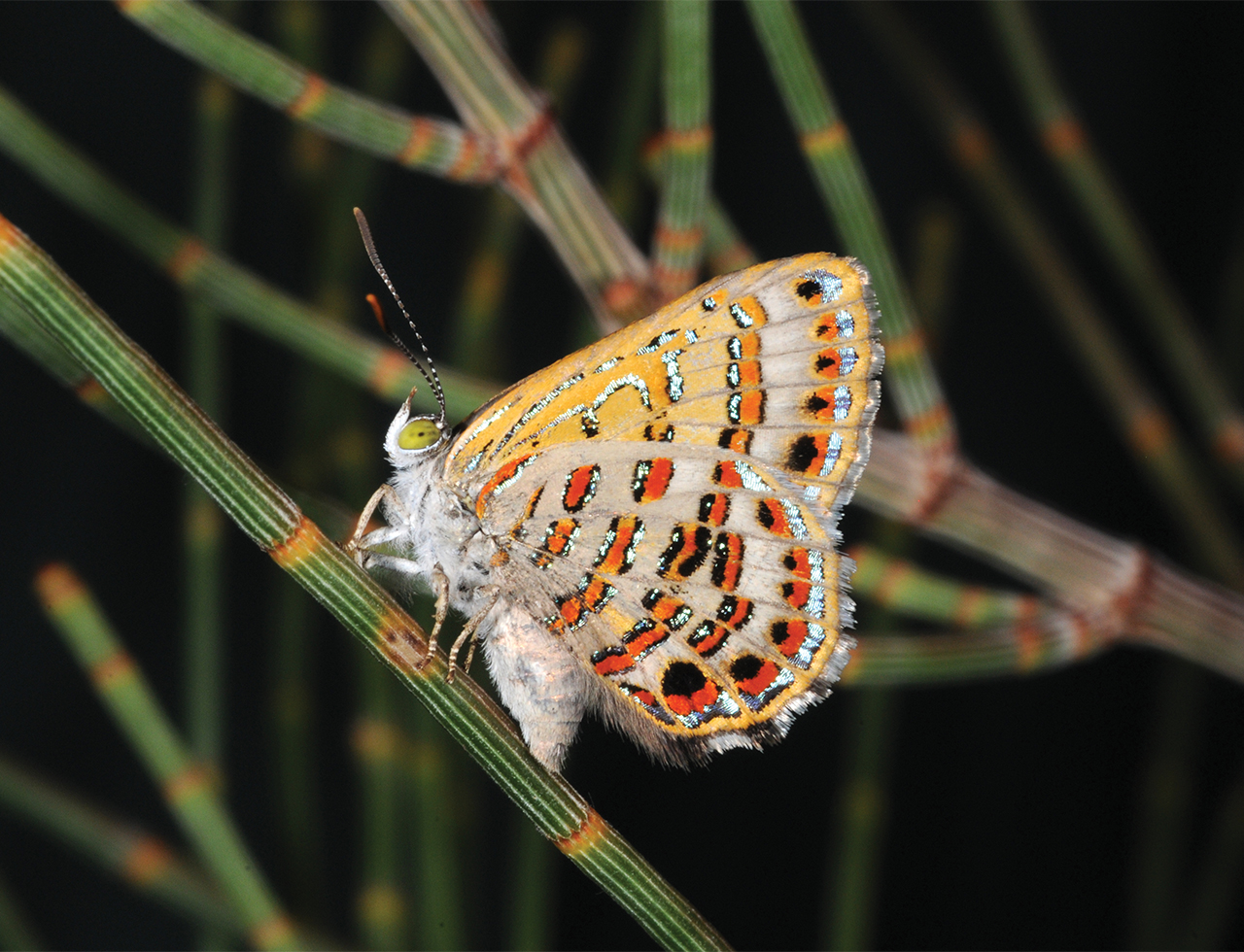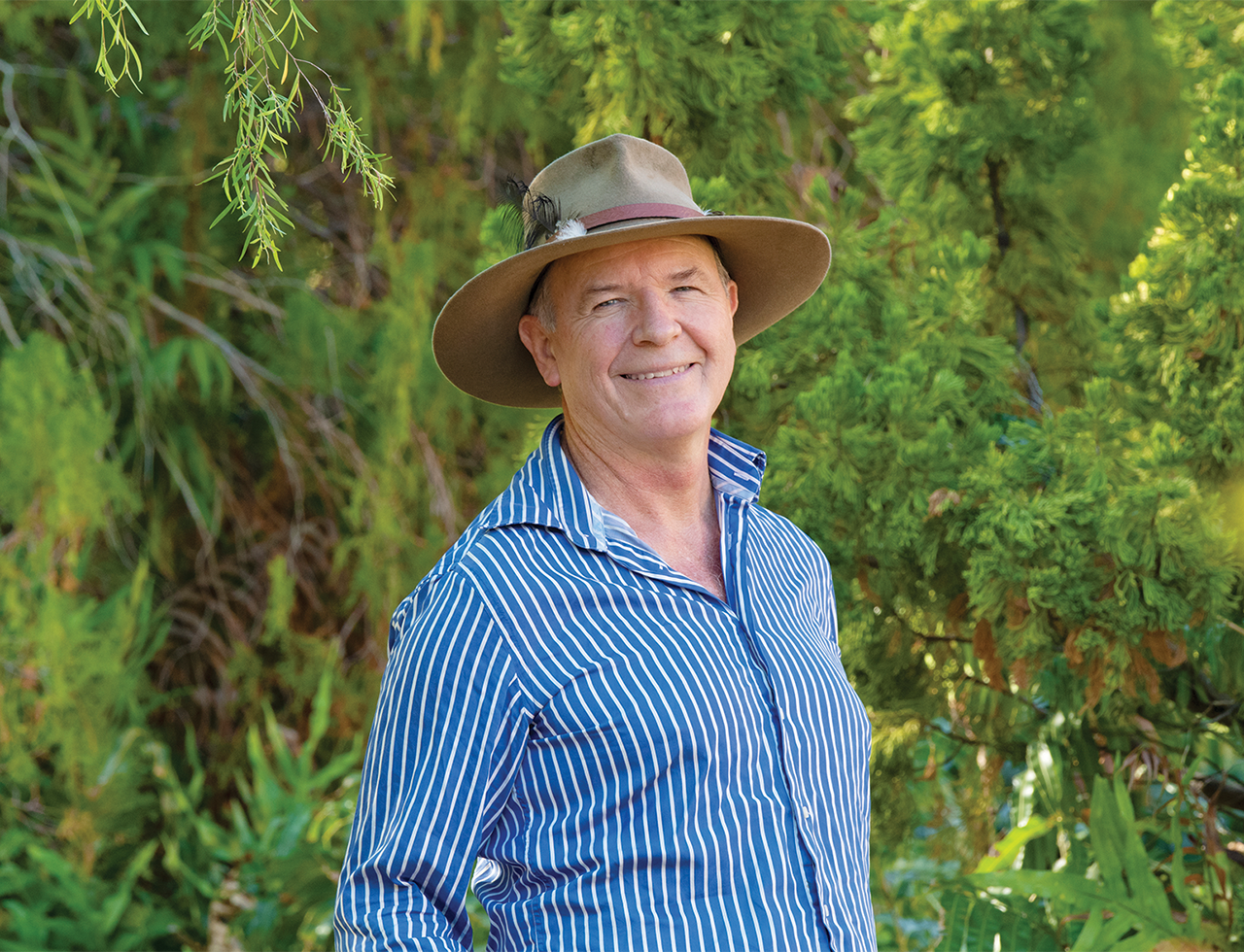
A major step forward in preventing extinctions
Tuesday, 07 December 2021 Professor Stephen Garnett,
Professor Stephen Garnett,
Charles Darwin University
Deputy Director, Threatened Species Recovery Hub
(Image: CDU)
When the Threatened Species Recovery Hub began, there was only a vague idea of what was under greatest threat from extinction. There was a long list of threatened species, but we could still have lost species simply because nobody had realised they were quite so scarce.
That is no longer possible for vertebrates, plants and butterflies. Starting with birds and mammals, and working our way through snakes and lizards, freshwater fishes, butterflies, plants and finally frogs, we have honed lists of species to identify those at the very edge of existence.
For each group, we worked with experts from across the country, including scientists from state and territory governments, universities, museums, NGOs, consultancies and exceptional amateur scientists who hold substantial natural history knowledge in Australia.
In total, we identified 108 highly imperilled vertebrate species, and a final action has been for the country’s threatened species managers to consider all of these at once. Their list of the 63 most threatened vertebrates is getting ready for publication.
For plants, we identified a list of the 100 most threatened plant species, and an action plan for the 50 most imperilled species is now available for threatened species managers. Many invertebrate groups are still to be assessed, but for most groups we now know what requires most urgent care.
We also know that the Australian public abhors the idea of extinction. In economics, rarity equates with value. It transpires that the same principles apply to threatened species. Our research confirmed that the closer a species is to extinction, the more the Australian public is willing to pay to prevent that extinction occurring – whether that be a glamorous numbat or the humble boggomoss snail. Only a tiny proportion of the population thinks we should just let things go.
Our research also demonstrates that the public is willing to support strong measures to protect species. In a recent survey, we did not mince words when we asked whether people supported the killing of feral animals to save native species threatened with extinction. Over 71% of them did, 29% strongly so. They also supported captive breeding, translocation, various forms of genetic management – many actions about which some sectors of the community have expressed concerns.
Part of the reason may indeed be because of actions by the hub. For example, the extensive, detailed and extremely well communicated information on the role of cats may well have persuaded the undecided that we are better off without wild cats, and should keep our pet felines at home.
The vast majority of the public is onside to spend and do whatever is needed to prevent extinction. Historically, as a country, we have a poor record on extinctions, but with the new knowledge generated by the hub and strong public support, there is no reason for the list of extinct species to expand further.
Professor Stephen Garnett
Top image: Hypochrysops piceatus female on Allocasuarina luehmannii. Image: Michael Braby